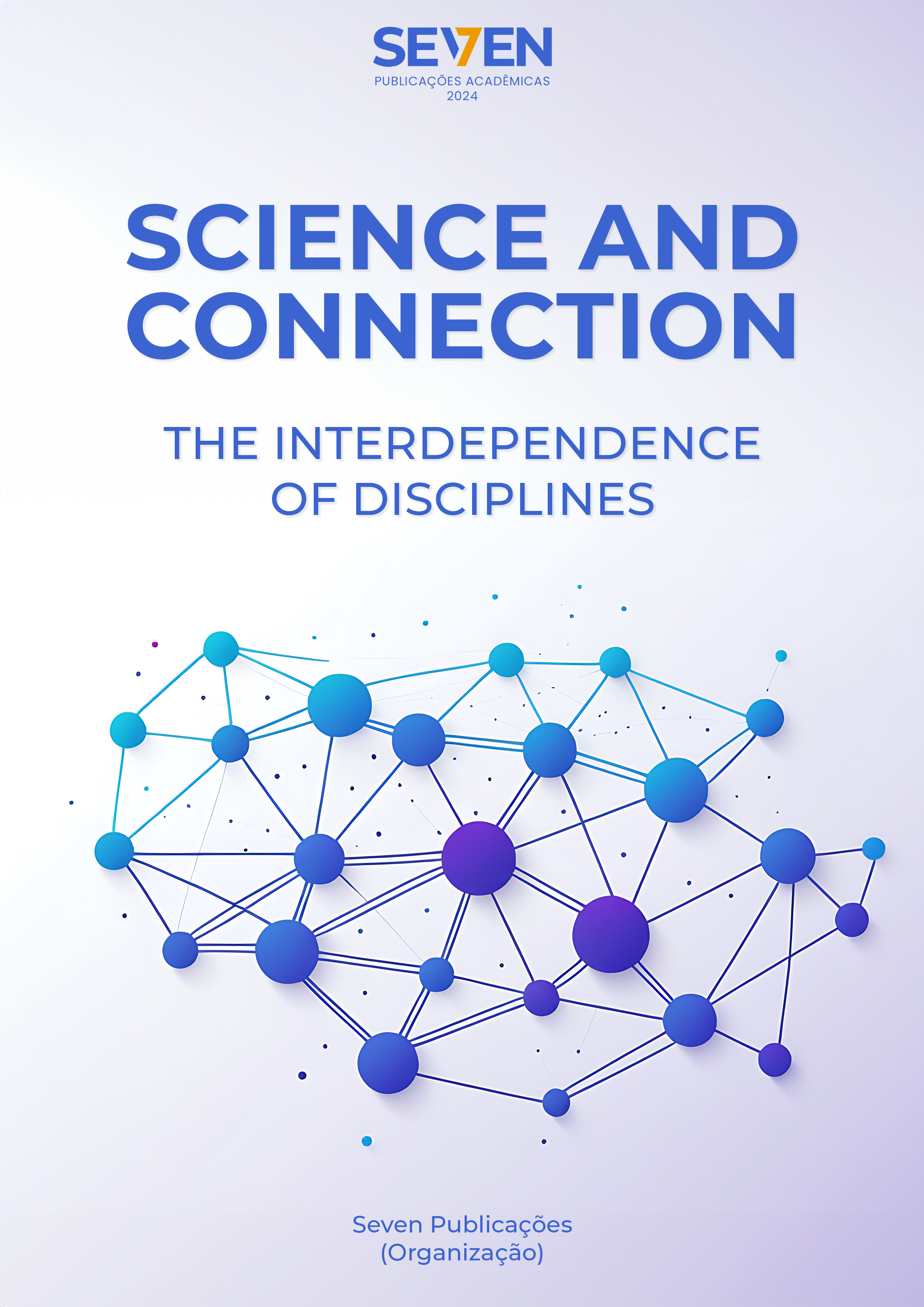STATISTICAL MODEL FOR ESTIMATING ELECTRICITY CONSUMPTION BY THE AGRICULTURAL SECTOR IN SÃO PAULO
Keywords:
Mathematical Model, Forecast, Tendency, Rural Sector, Linear regressionAbstract
Electricity is a fundamental and essential input for the socioeconomic development of a region. Until 2016, the main energy resource used in the agricultural sector of São Paulo was diesel oil. However, in the last six years (2017 to 2022), electricity has become the most widely used energy source for this sector. In this context, it is vital to make a future projection of load demand in order to support deliberations in the planning and expansion of the state's electricity supply system. The objectives of this study are to create a statistical model capable of predicting the consumption of electricity in the rural sector of São Paulo, as well as to recognize the variables that influence the projection of this consumption. Based on quantitative information collected on the website of the Department of Environment, Infrastructure and Logistics of the state of São Paulo, the multiple linear regression model was used. For the construction of the model, six independent variables were selected, three of which came from agribusiness in São Paulo: number of consumers, electricity tariff and consumption of diesel oil; two related to the state: installed power of biomass thermal plants and photovoltaic plants and one of national agribusiness: GDP. Due to the lack of statistical significance, two variables were rejected: power of thermal biomass plants and GDP. Therefore, with the proposed mathematical model, built with four significant variables (with different levels of influence), it is possible to make future predictions of the energy consumption of the researched sector. The installed power of photovoltaic plants had a significant impact, while the number of consumers, the energy tariff and the consumption of diesel oil showed a strong influence on the forecast of energy consumption in the sector. The highlight was the confirmation, by the adjusted statistical model, of the transition from the consumption of diesel oil to electricity as the main source of energy used by the agricultural sector in São Paulo.
Downloads
Published
Issue
Section
License
Copyright (c) 2024 Monclar Nogueira Christovão, Mario Mollo Neto

This work is licensed under a Creative Commons Attribution-NonCommercial 4.0 International License.





